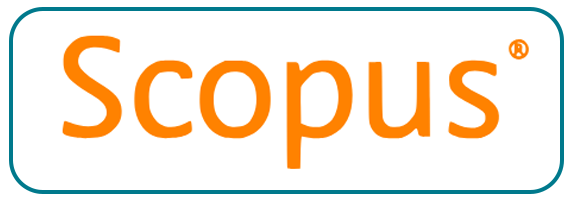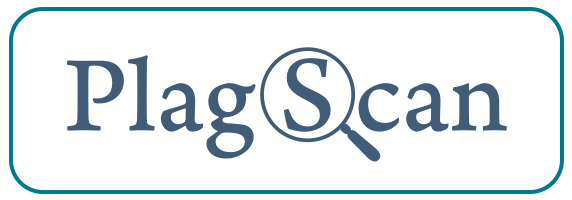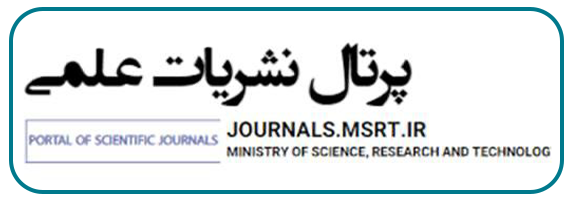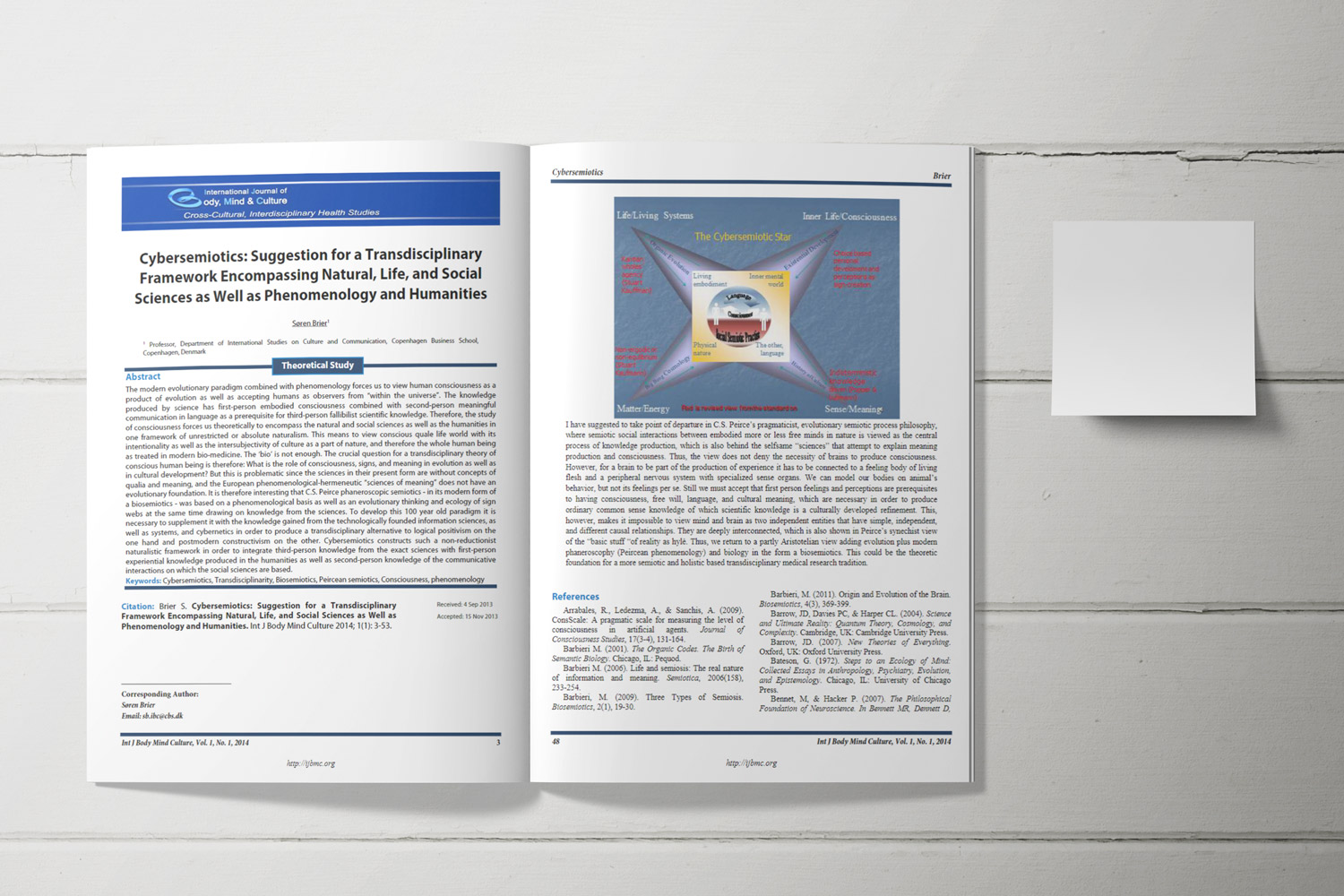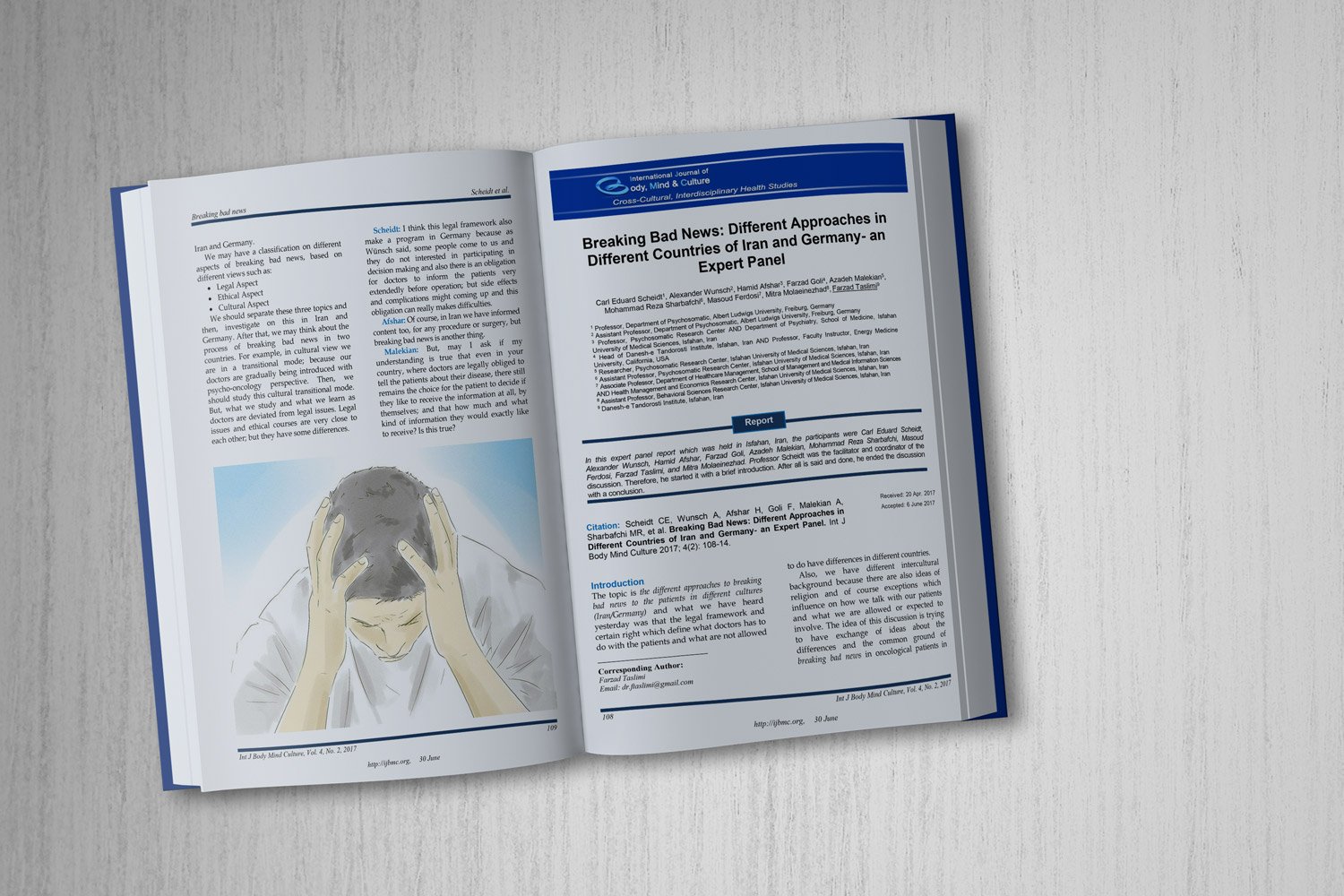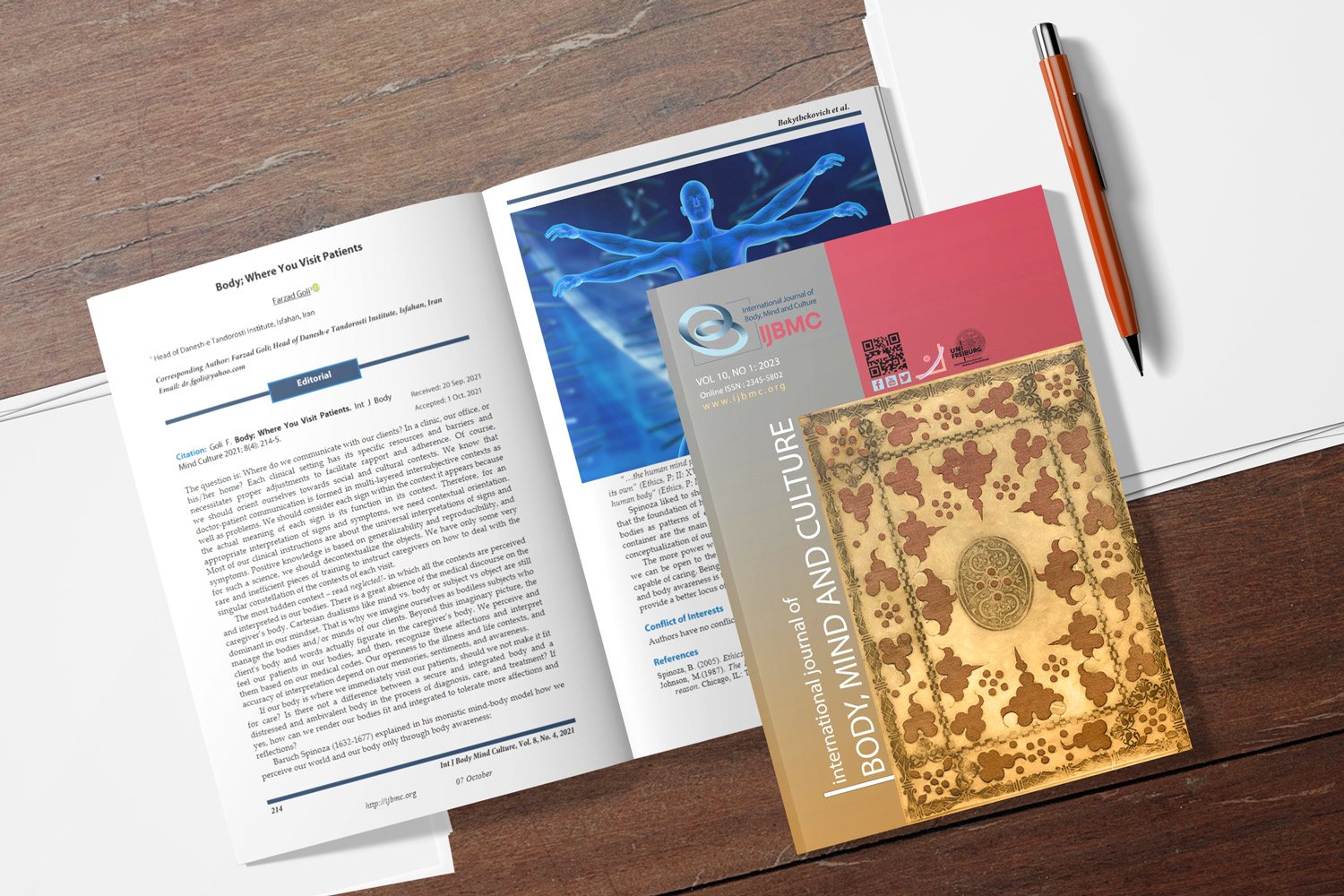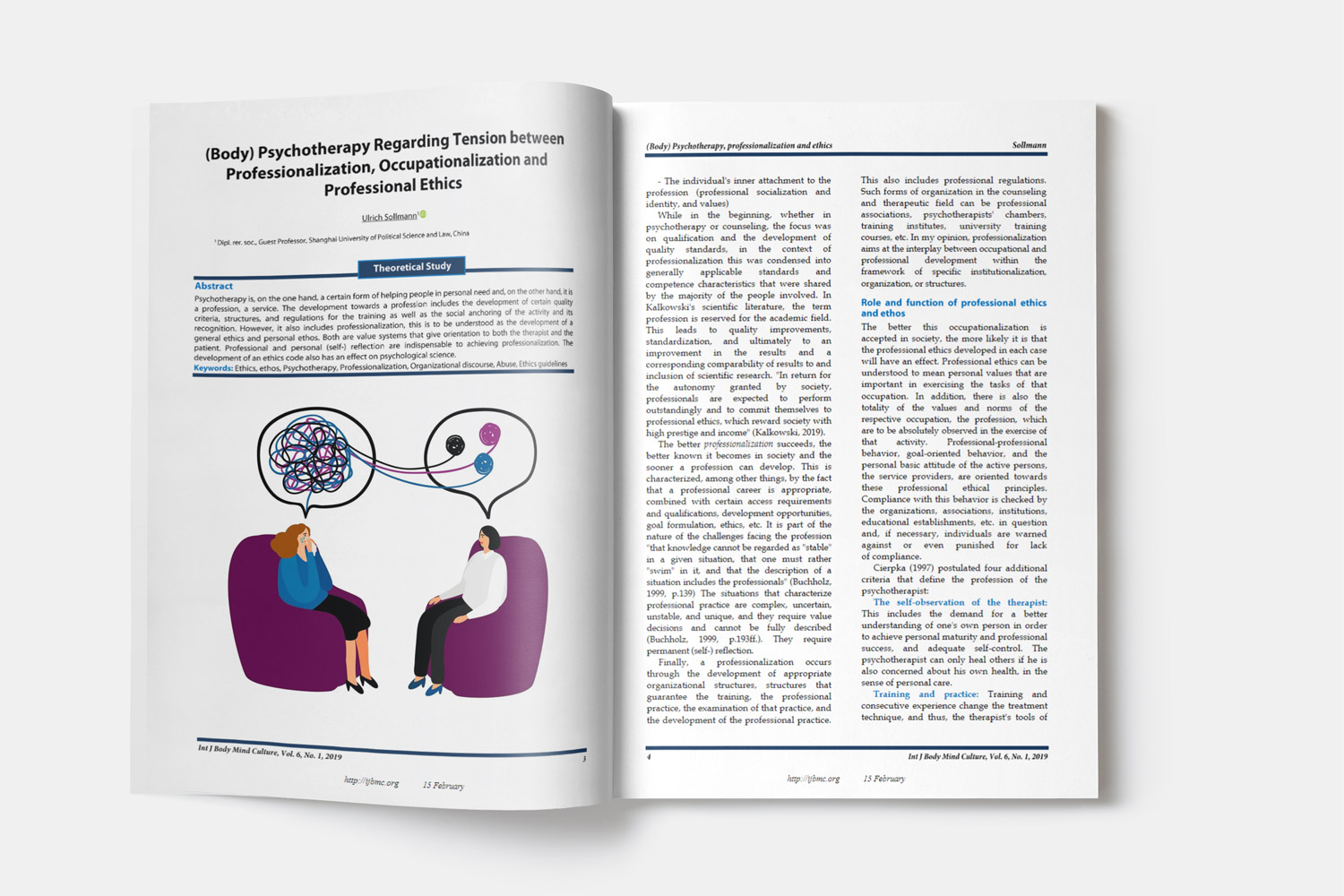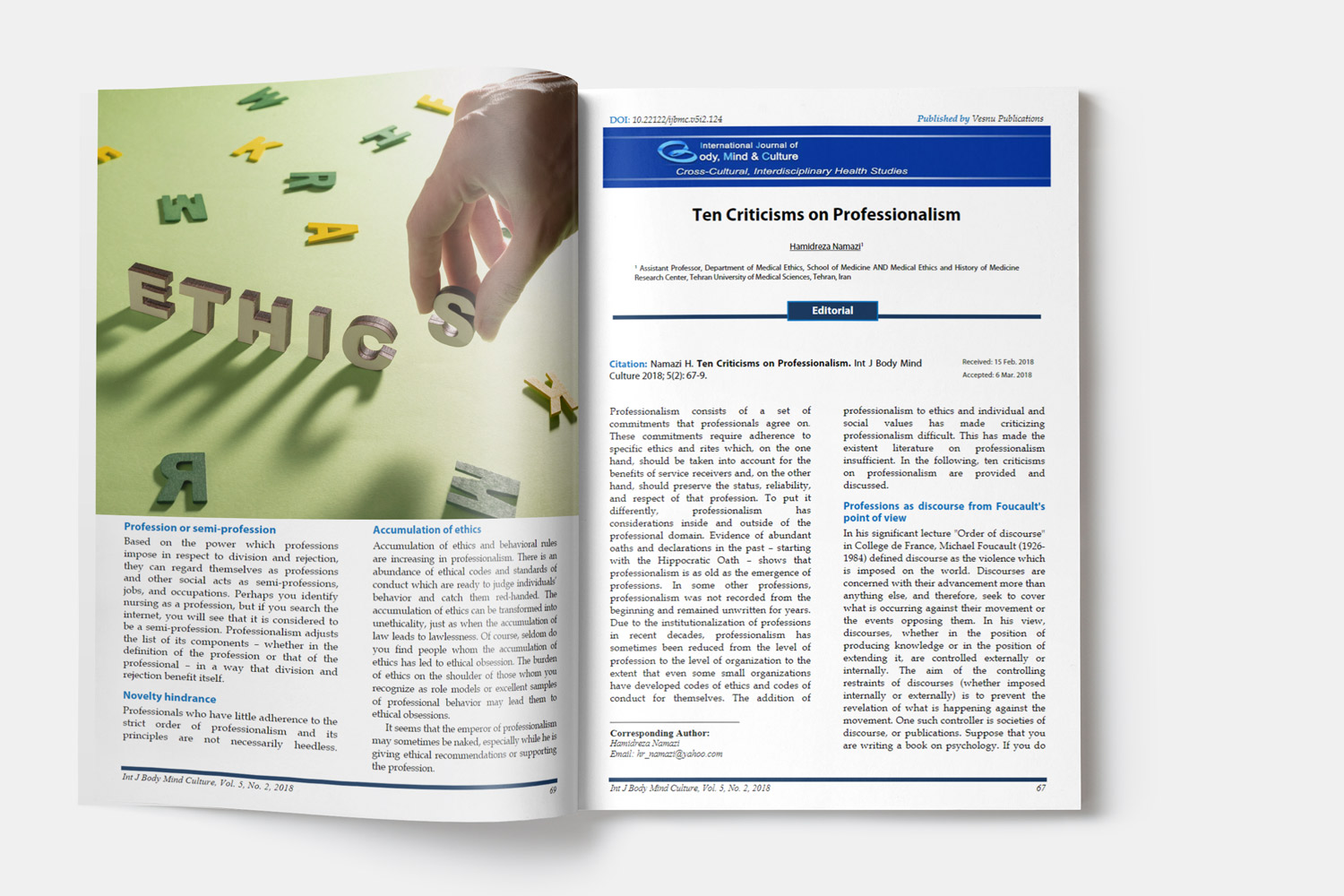The Efficacy of Group Cognitive Behavioral Therapy versus Group Acceptance and Commitment Therapy in the Panic Disorder of Multiple Sclerosis Patients: Considering Revised Sensitivity Theory of Brain-Behavioral System
CBT versus ACT for panic disorder
Downloads
Background: Physical and psychological problems are common among individuals with multiple sclerosis (MS), thus emphasizing the need for the evaluation of the effectiveness of different psychological therapies for these patients. Thus, this study aimed to compare the efficacy of group cognitive behavioral therapy (GCBT) with group acceptance and commitment therapy (GACT) in the treatment of fear beliefs related to panic disorder in MS patients, focusing on the revised sensitivity theory of brain-behavioral systems.
Methods: This experimental study was conducted employing a pretest-posttest design with a control group. The statistical population consisted of MS patients with panic disorder who sought treatment at the Khorasan MS Association in Mashhad, Iran. Through the convenience sampling method, 36 women who met the inclusion criteria were selected from among 3200 patients. The participants were randomly divided into 3 groups: GCBT (N = 12), GACT (N = 12), and the control group (N = 12). Pretest and posttest intervention assessments were conducted using Jackson's five-factor questionnaire and the Panic Belief Inventory (PBI). Descriptive methods and repeated measures analysis of variance were utilized for data analysis.
Results: The results revealed a significant reduction in fear beliefs among participants in the intervention groups compared to the control group (P < 0.05). Furthermore, significant changes were observed in the behavioral-brain systems of the participants in the intervention group compared to the control group (P < 0.05). Comparing the intervention groups revealed that the impact of GACT is higher than GCBT on the behavioral activation system (BAS) and panic beliefs (P = 0.04).
Conclusion: It can be concluded that GCBT and GACT were effective in improving the fear beliefs of patient and changing their brain-behavioral systems. Comparing two interventions showed higher efficacy of GACT.
Downloads
Copyright (c) 2024 International Journal of Body, Mind and Culture

This work is licensed under a Creative Commons Attribution-NonCommercial 4.0 International License.

